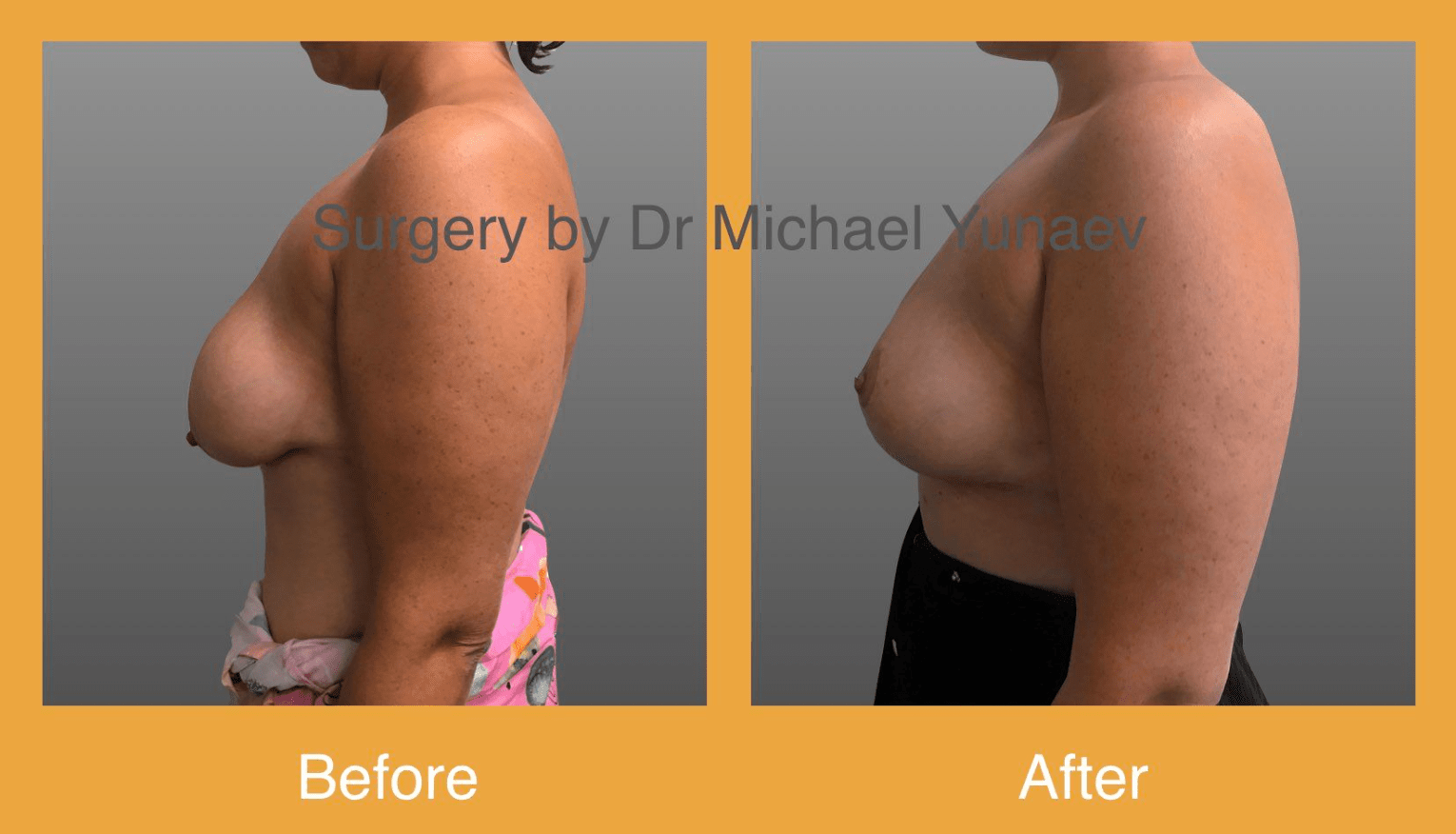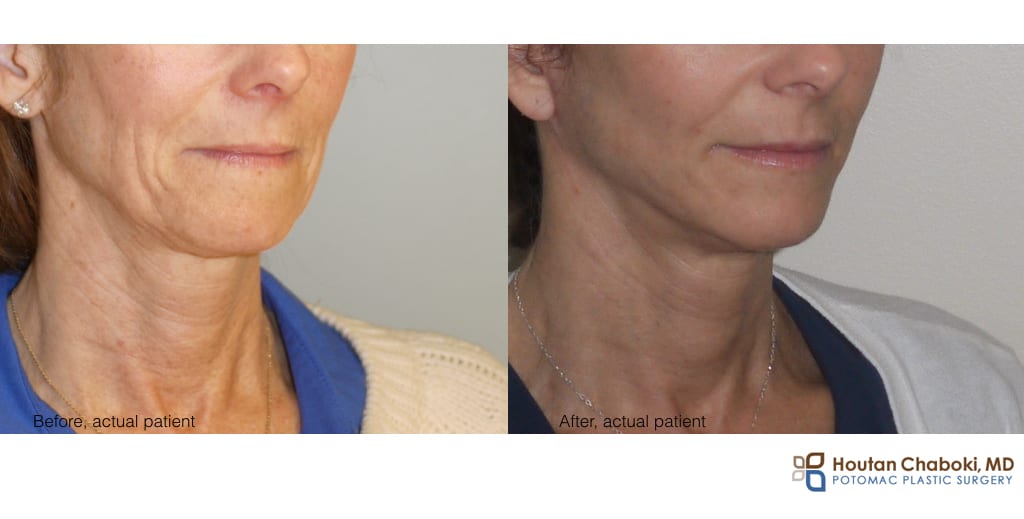
The appearance of your facial features can be improved by a nasolabial wrinkle filler procedure. A specialist in injecting hyaluronic or dermal fillers can perform it. It can also improve the volume of your cheeks.
Dermal fillers
Dermal nasolabial folds are common aesthetic problems and can be improved with dermal fillers. These injectables are usually safe and effective and can reduce the depth of the folds. They also provide a smooth appearance. In nine to twelve month, patients will notice visible results.
The cost of dermal and sub-dermal nasolabial treatment is prohibitive. Prices vary depending on what type of treatment is used and the brand. It also depends how much filler is applied. The cost of the procedure can vary from one region to another, so make sure you discuss cost with your provider before you go. A financing plan can be discussed with your provider if your medical insurance does not cover the cost.
Filler with hyaluronic Acid
For the treatment of nasolabial area folds, Hyaluronic Acid dermal Filler can be used. Loss of collagen and elastin can cause folds. It can also occur due to smoking and excessive sun exposure. This filler will soften the creases and give you an even smoother appearance.

Hyaluronic acid filler injection is a minimally invasive procedure that involves injecting filling materials into the folds. The treatment can be seen in a matter of weeks and lasts up to 18 months. Hyaluronic acids filler injections are more safe than conventional techniques.
Bruising
Patients may experience bruising following a nasolabial filler injection. This is the Tyndall effects, which occur when the filler’s needle damages nearby vessels and blood leaches into the surrounding tissue. While bruising is usually temporary, the Tyndall effect can last several months without treatment. In addition, the Nasolabial Fold Filler can take up nine months to degrade, so bruising should be expected.
You can use a Hirudoid or Lasonil cream to reduce the severity of bruises. These creams can be purchased over-the-counter and should be applied gently.
Necrosis
A tissue filler can cause necrosis of the nasolabialfold, which is a potentially fatal condition. There are many treatments available for this condition. One option is to use local flaps, or free grafts. These procedures are best done several months after necrosis when the surrounding tissues have stabilized and the area is not yet damaged. It is possible to perform reconstructive rhinoplasty immediately following necrosis. However, this is generally not recommended in cases where there is no arterial vascular compromise.
Although the exact cause is unknown, it is believed to be related to Vascular compromise. The problem may affect the nasal bridge, glabella and lateral nasal vessels, which provide blood to this area. In some cases, the problem spreads to the nasal ala and the septum, which is connected to the ophthalmic artery. However, the majority of the time, the vascular compromise in the nasolabial folds occurs in the columellar artery and does not involve the facial or columnellar arteries.

Permanence
The nasolabial crease is a deep fold that runs from the corners to the sides of your nose. This unique area is known as the "parentheses-line" due to its shape. These folds naturally develop and are visible in children when they smile. Permanent treatment is an option if these lines are making you unhappy.
You may consider a small dose of dermal filler, which is usually quite affordable. The right dose will be determined by your doctor after assessing the severity and folds. If you are concerned about budget constraints, have had problems with dermal fillers, want subtle results or have a history of skin conditions, a lower dosage is recommended. If you don’t get the results you want, your doctor will prescribe a smaller dose and then repeat the procedure if necessary.